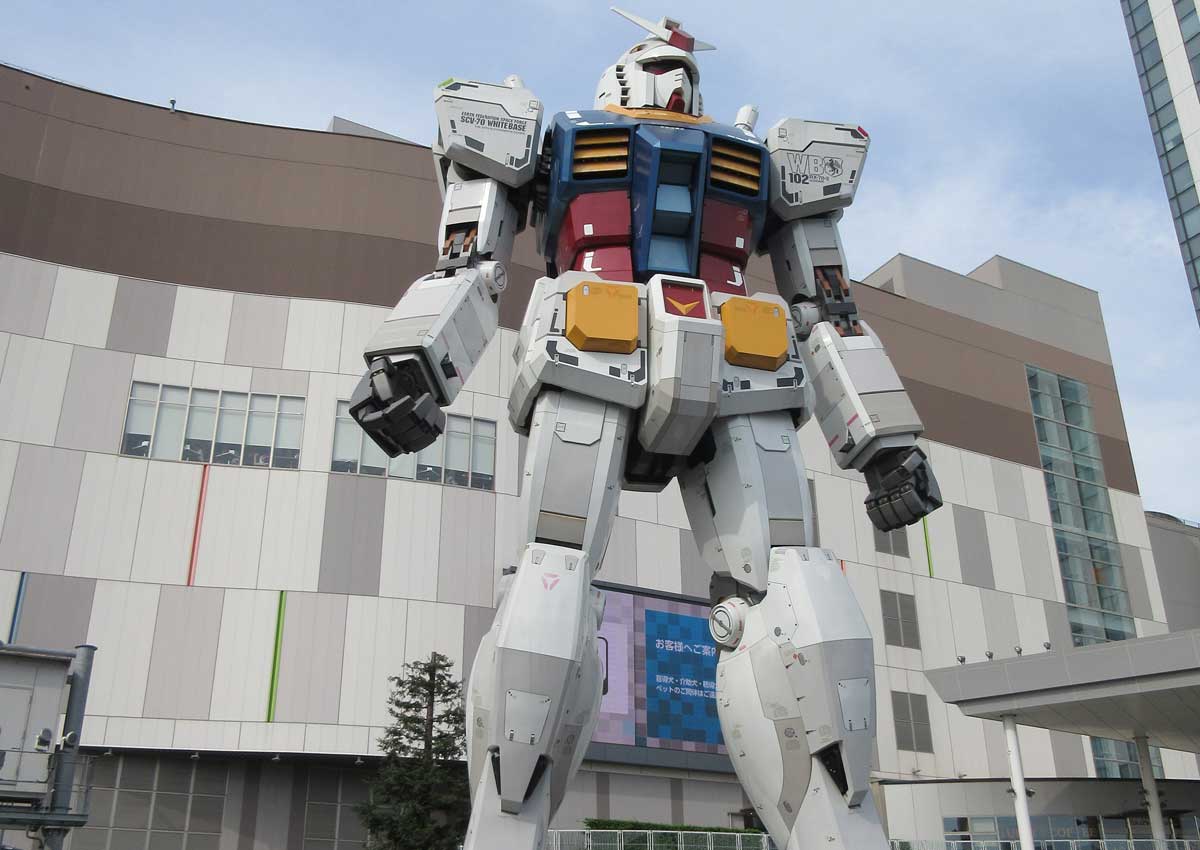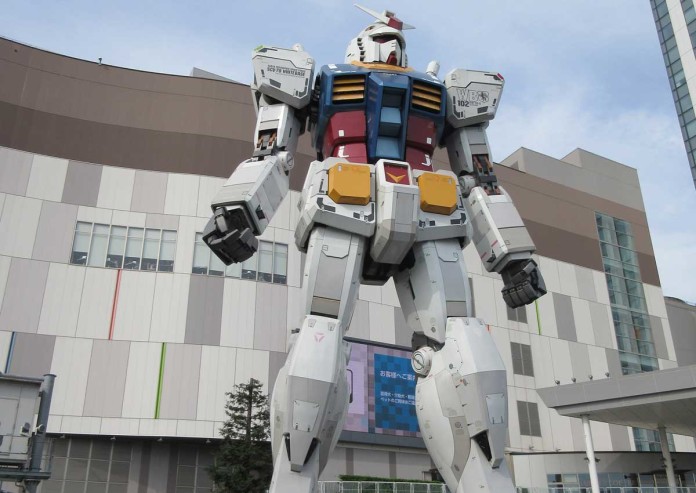The country hopes to use the global attraction to its manga and anime to help draw tourists, whose numbers the Abe administration ambitiously hopes will swell to 40 million by 2020.
As the curtains fell on the Rio Olympic Games, one man stood out as the biggest star of the moment: Super Mario. Or rather, his alter ego, Japan’s Prime Minister Shinzo Abe.
The second Mr Abe appeared on stage with the video game character’s trademark red cap and red ball, the audience inside Rio’s Maracana Stadium – and the Internet – went wild.
Within minutes, Mr Abe’s impersonation of the popular Nintendo game character reached all corners of the world via social media. So did the hashtag #tokyo2020.
The adulation underscores the global appeal of Japan’s soft power, much of it projected through manga and anime.
“Japanese anime has now become a global phenomenon and seemed a natural thread for the presentation show,” Ms Hikariko Ono, spokesman of the Tokyo 2020 organising committee, told The Straits Times.
Japanese authorities now want to tap this soft power for tourism, amid an ambitious drive by the Abe administration to double burgeoning foreign tourist arrivals to 40 million by 2020.
Tourist spending is expected to increase from 3.4 trillion yen (S$45 billion) last year, when the country drew nearly 20 million visitors, to eight trillion yen in 2020.
In September, leading manga and video game and publishing company Kadokawa, Japan Airlines and JTB, Japan’s largest travel agency, launched the Japan Anime Tourism Association (Jata).
It marks the first concerted effort by industry players to attract more foreign visitors to Japan through anime tourism.
The outfit’s very first initiative is to create the country’s first anime/manga “pilgrimage” route featuring sites across Japan used in the most popular tales.
Anime and manga fans around the world can recommend their favourite spots online at: animetourism88.com/en.
Jata will draw up the final 88-destination route based on fans’ input and in consultation with local governments, anime and manga creators, and tourism industry players, Mr Fumiyuki Kakizawa, Jata’s deputy secretary-general, told The Straits Times.
A preliminary pilgrimage route is expected to be up and running early next year, he said.
“I think it’s important for us to create such a route for non-Japanese visitors to visit sacred sites of anime,” he said through an interpreter.
The association, working with industry members and local governments, wants to create a whole suite of services and products, from shuttle buses to merchandising, to boost the experience for visitors – and bring in the yen.
“Just taking photos is not so interesting,” said Mr Kakizawa.
“If visitors can put on the characters’ costumes, eat the candies eaten by the main characters, they will have done something interesting and exciting in Japan and hopefully come back.”
Anime tourism, to be sure, has been popular for years, part of the domestic anime industry which in 2014 was worth 1.63 trillion yen, according to the latest data provided by the Japan External Trade Organisation (Jetro).
Yet the anime tourism market is relatively untapped and has much growth potential, he added.
Anime – short for animation in Japanese – accounts for only 1.4 per cent of the estimated US$17 billion (S$24 billion) global market.
Manga, or comics, has a 24.1 per cent share of the US$6 billion global pie, according to Jetro.
Currently, only 9 per cent of inbound visitors say they visit Japan for its pop culture, including anime and manga.
Jata’s surveys in Akihabara, Tokyo’s haven for anime/manga lovers, show that most foreign tourists do not know how to get to most anime sites, said Mr Kakizawa.
Currently, tourists travel to Saitama prefecture, just next to Tokyo, to see the birthplace of the much-loved Crayon Shin-chan.
Further south, Tottori prefecture touts a “Conan Town” filled with billboards, statues and a train dedicated to the popular Detective Conan.
In Tokyo, Ghibli Museum and Gundam Front are must-see destinations for anime and manga fans.
But these fans are, by and large, Japanese, said Mr Kakizawa.
“Anime and manga have fans all over the world – Singapore, for example, has hosted the Anime Festival Asia every year since 2008. It is these fans that we want to attract,” he said.
Singaporean anime fan Tan Mei Lin says she can’t wait for the anime “pilgrimage” route to be ready.
The 26-year-old teacher grew up watching Doraemon and Dragon Ball.
Her current favourites are One Punch Man, a superhero satire, and Assassination Classroom, a science fiction anime featuring a monster-turned-teacher.
Anime Festival Asia 2016
“If there is a chance to visit the sites then (I) definitely must go,” she told The Straits Times.
The Japanese government also hopes more inbound tourists can help revitalise ageing local prefectures.
“Up to a third of Japan’s regions are seeing their population shrink as young people leave for the big cities, said Mr Mamoru Kobori, executive vice-president of the Japan National Tourism Organisation.
“As domestic tourism is expected to slow down, we have shifted focus to inbound tourism.”
That plan is likely to gain traction, going by the success of hit movie Kimi No Na Wa (Your Name).
Since its release in late August, the feature-length animated movie about two body-swapping teenagers has earned more than 18 billion yen in Japan as at Nov 7.
It is currently showing in Singapore and dozens more countries.
The backdrop of a scene in the film, a train station in the town of Hida – some 300km west of Tokyo – has been drawing up to 40 fans a day since August, Japanese media reported.
Other sites, including a shrine in Shinjuku, Tokyo, have also become popular.
Ms Tan, the Singaporean anime fan, says she would love to visit Lake Suwa in Nagano, another stage for Your Name.
Officials, however, concede that much remains to be done to make Japan more foreigner-friendly.
A lack of English-speaking staff and signage as well as insufficient hotels and inns are the two most pressing issues.
“We need local governments, restaurants and hotels to be proactive (in welcoming foreign visitors),” said Mr Kakizawa.
But for all the effort to promote the new, many foreign tourists like the country just the way it is.
Mr Geoffray Fortin, a 30-year-old French tourist, says he likes Japan for its “very interesting culture”.
“It can be very futuristic in one place, then in the next district it’s all temples and other traditional stuff,” he told this reporter as he looked at the robots displayed at Gundam Front in Tokyo.

This article was first published on November 29, 2016.
Get a copy of The Straits Times or go to straitstimes.com for more stories.






